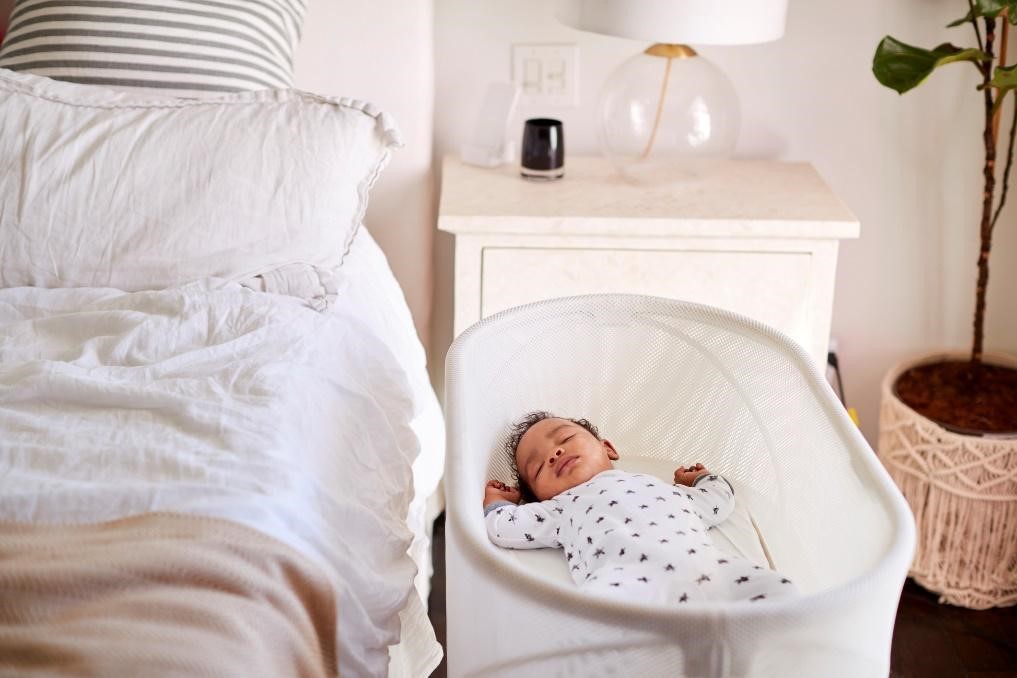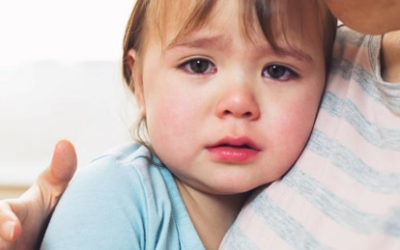Keep your baby safe from sleep-related danger by understanding the risks and creating an appropriate environment
When you’re expecting a baby, it seems like the entire world is full of potential dangers, and all the information and advice can be overwhelming. The good news is that babies are sturdier than they seem. However, infants are incredibly vulnerable, and it’s important to educate yourself on basic baby-related safety.
In recent years, a lot of studies about creating a safer sleep environment for infants have been done, and the statistics speak for themselves when it comes to determining the effectiveness of these measures. Learn about sleep safety and enjoy a better night’s sleep for you and baby both.
Back to sleep
To reduce sleep-related infant deaths, including Sudden Infant Death Syndrome (SIDS), experts began to urge parents to place babies on their backs to sleep in the ’90s. As a result, there was a sharp decline in infant deaths.
The risk of SIDS is even greater with babies who are used to sleeping on their back and are placed on their tummy; they are 18 times more likely to die of SIDS. As a result, sleep-related deaths often occur when a child is with a caregiver who is unaware of the danger of unfamiliar tummy sleeping. Always instruct family members and caregivers to make sure your baby sleeps on his or her back.
Create a safe sleep environment for your baby by keeping the following suggestions in mind:
- The safest place for a baby to sleep is in their own crib in your room, particularly before they are four months old, which is when the risk is greatest.
- Keep your baby’s crib free of blankets, toys, bumpers, and pillows, and make sure they aren’t wearing clothing that could restrict breathing or end up over their face.
- Make sure your baby won’t overheat. Keep the room temperature cool and dress baby lightly. If you notice sweating, damp hair, flushed cheeks, heat rash, or heavy breathing, then your baby is too hot.
- Choose a firm mattress that is safety-approved and a sheet that fits well. If you’re using a cradle or bassinet, make sure it’s certified by Juvenile Products Manufacturers Association (JPMA).
- Don’t place babies to sleep on adult beds, cushions, sofas, chairs, or waterbeds. Don’t allow babies to sleep in a car seat, swing, or bouncer.
- Put the baby to sleep on their back – never on their tummy or their side, as they may manage to roll over. Babies should only be on their tummy during supervised periods of wakefulness to build strength.
- If your baby spends time at child-care, ask about their safe sleep policy and remind them that babies must always be placed on their backs.
Babies typically outgrow the risk of SIDS around 12 months of age, but you should still be careful about sleeping arrangements or having heavy bedding in their crib. Although the thought of anything happening to your baby is terrifying, we are lucky to raise children in a time where so much information is available. Educate yourself on safe sleeping habits and rest a little easier at night.
The Virginia Infant & Toddler Specialist Network helps improve the quality of care for infants and toddlers through extensive resources, services, and education for caregivers. Learn more about how we can help you improve the standard of care.




